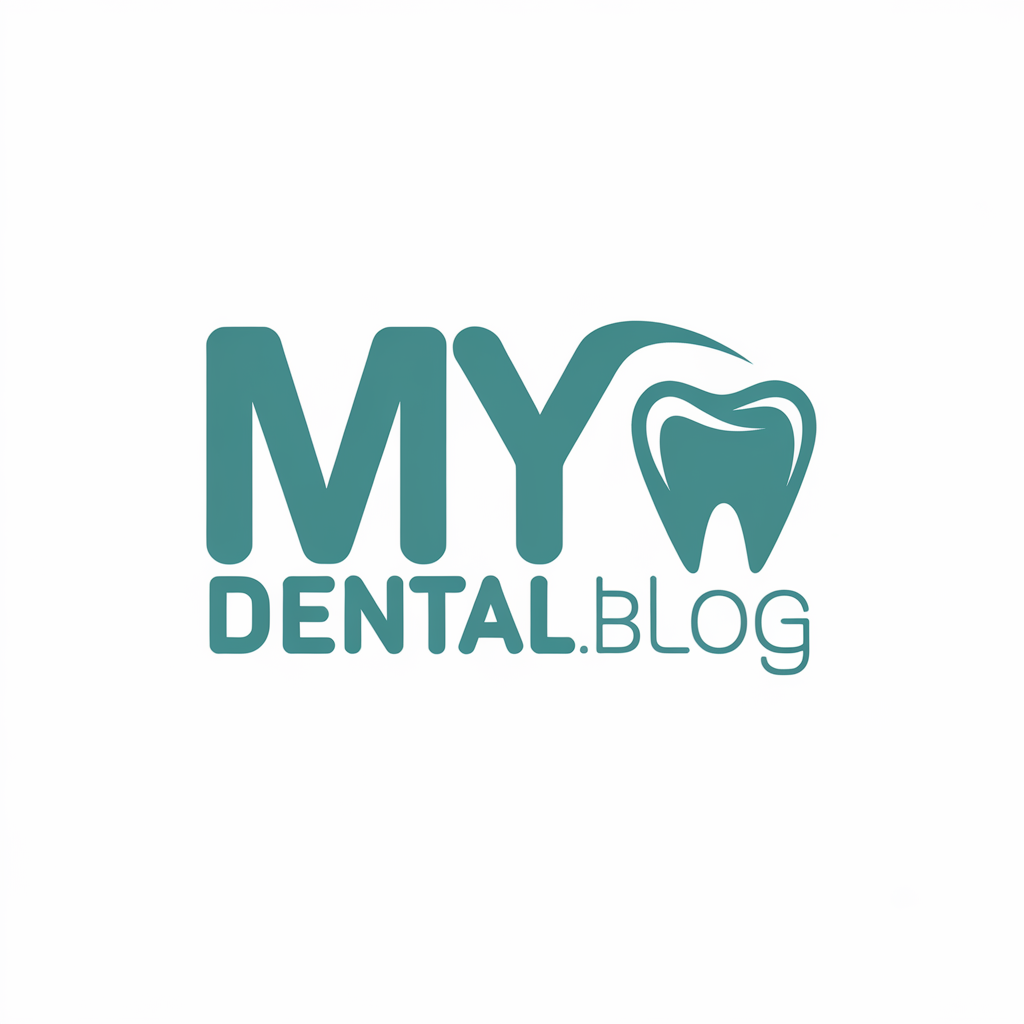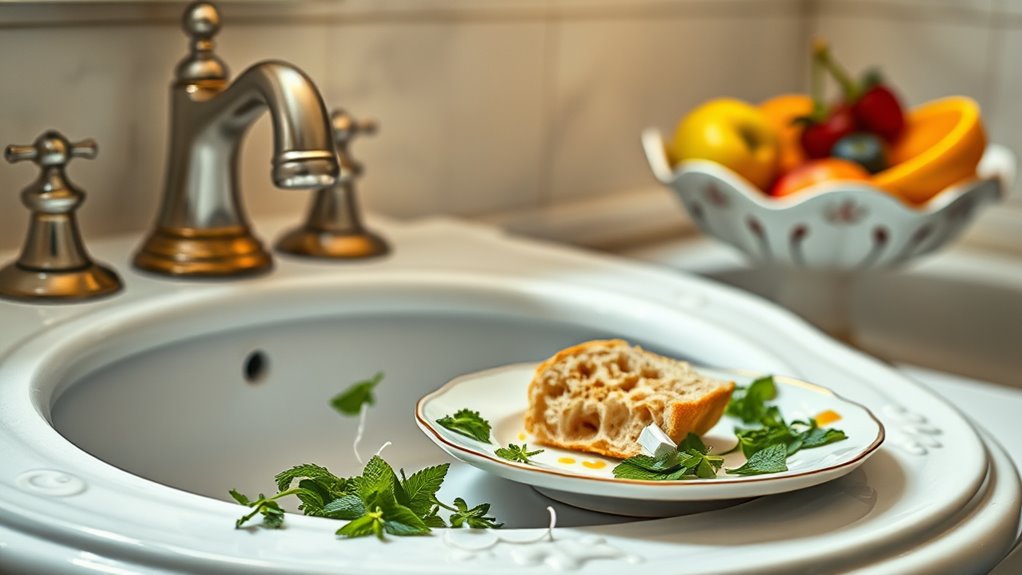The #1 Thing You’re Doing WRONG When Brushing Your Teeth!
You might think you’re doing your teeth a favor by scrubbing them vigorously each day, but you’re likely causing more harm than good. Hard brushing is the number one mistake that can lead to permanent dental damage, from worn enamel to receding gums. While your intentions are right, your technique could be sabotaging your oral health. Let’s explore why gentle brushing is the key to maintaining your perfect smile.
Understanding the Dangers of Aggressive Brushing
While many people believe vigorous tooth brushing leads to better cleaning, aggressive brushing can actually damage your teeth and gums.
This brushing mistake everyone makes can wear down your tooth enamel, cause gum recession, and create painful sensitivity issues that worsen over time.
Think of your tooth enamel like a protective shield – once it’s worn away, it won’t grow back. When you brush too hard, you’re essentially sanding down this vital defense layer.
The proper technique involves using gentle, circular motions with just enough pressure to feel the bristles against your teeth.
You’ll know you’re brushing too aggressively if your toothbrush bristles become splayed or frayed within a few weeks.
A smart approach is to hold your toothbrush like a pencil rather than gripping it with your whole hand. This naturally reduces the force you apply and helps protect your oral health. Additionally, using a soft-bristled toothbrush can significantly minimize the risk of gum damage and recession.
Signs You’re Brushing Too Hard
Recognizing the warning signs of aggressive brushing can help you protect your oral health before serious damage occurs. If you’re noticing frayed, splayed, or flattened bristles on your toothbrush well before the recommended three-month replacement mark, you’re likely applying too much pressure.
Watch for receding gums, which expose more of your tooth’s surface and create a visible line where the gum has pulled away. Your teeth might develop increased sensitivity to hot, cold, or sweet substances – a clear indicator of worn enamel.
You may also notice small notches near your gumline, called abfractions, where excessive force has caused the enamel to chip away.
Check your technique in the mirror. If you see your gums turning white while brushing or notice them looking red and irritated afterward, you’re pressing too hard.
Listen to your dentist if they point out signs of excessive wear during checkups – they can spot early warning signs you might miss. Additionally, using a soft-bristled toothbrush is recommended to prevent irritation and damage to your gums and enamel.
The Science Behind Tooth Enamel Damage
Although tooth enamel ranks as the hardest substance in your body, it’s not indestructible. Your enamel consists of tightly packed hydroxyapatite crystals that form a protective shield over your teeth’s sensitive inner layers.
When you brush too aggressively, you’re disrupting this crystalline structure at a microscopic level. The erosion process accelerates when you combine harsh brushing with acidic foods or drinks. These acids temporarily soften your enamel’s surface, making it more vulnerable to mechanical abrasion.
Think of it like sandpaper on wood – each stroke gradually wears away the surface. The damaged enamel can’t regenerate because it lacks living cells, unlike other tissues in your body.
Modern research shows that horizontal scrubbing motions create microscopic scratches that accumulate over time. These scratches become channels where bacteria can hide and multiply, potentially leading to decay despite your vigorous cleaning efforts. The key is to let the bristles do the work, not force, and remember that waiting 30 to 60 minutes after eating allows your saliva to neutralize acids and helps re-harden enamel naturally.
Proper Brushing Techniques From Dental Experts
After understanding how enamel damage occurs, you’ll want to master the correct brushing techniques recommended by dental professionals.
Modern dental science has revealed that gentle, systematic brushing yields better results than aggressive scrubbing. By adopting these expert-backed methods, you’ll maximize your oral health while preserving your tooth enamel.
- Hold your brush at a 45-degree angle against your gumline and use short, gentle strokes to clean each tooth’s surface.
- Brush in a systematic pattern, dividing your mouth into quadrants and spending 30 seconds on each section.
- Apply light pressure – just enough to feel the bristles against your teeth without bending them.
- Use circular motions on the front and back surfaces, and horizontal strokes on chewing surfaces.
These techniques transform your daily brushing routine into a precise, effective practice that protects your teeth while removing harmful bacteria and plaque buildup. Additionally, incorporating a diet rich in calcium can further support your enamel health.
Tools and Tips for Gentler Dental Care
While proper technique matters greatly, having the right tools can make gentle dental care much easier to achieve. Start with a soft-bristled toothbrush – either a high-quality electric model with pressure sensors or an ultra-soft manual brush designed for sensitive teeth.
You’ll also want to invest in expanding floss that molds to your teeth’s contours. Consider incorporating innovative tools like water flossers, which use pulsating water to clean between teeth without aggressive string flossing. Proper technique is crucial for effective plaque removal, so be mindful of how you floss.
Smart toothbrushes with real-time feedback can help you maintain consistent, gentle pressure. If you’re dealing with sensitivity, try nano-hydroxyapatite toothpaste as a gentler alternative to traditional fluoride formulas.
Don’t forget to replace your brush heads or manual toothbrush every three months, as worn bristles can become jagged and harm your gums. For optimal comfort, warm your floss between your fingers before use and let cold water soften your brush bristles for a few seconds.





